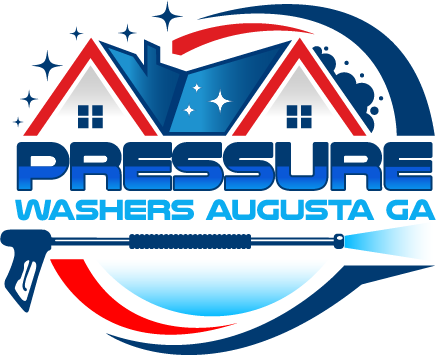Pressure washing your wood and vinyl fence can breathe new life into your property’s appearance and extend the lifespan of your fence. Over time, dirt, algae, mold, and other contaminants can build up on the surface, making your fence look dingy and neglected. In this comprehensive guide, we’ll take you through the step-by-step process of pressure washing your wood and vinyl fence to restore its beauty and integrity.
Safety Precautions
Wear Safety Gear: Prioritize safety by wearing safety goggles, gloves, and appropriate footwear to protect yourself from debris and chemicals.
Keep a Safe Distance: Maintain a safe distance from the fence while operating the pressure washer to avoid injury.
Gathering the Necessary Equipment
To get started, gather the following equipment:
-Pressure washer (with appropriate pressure settings)
-Garden hose
-Pressure washer detergent
-Scrub brush
-Safety goggles and gloves
-A ladder (if needed)
-Protective plastic sheeting (for vinyl fence)
Preparation
Clear the Area: Remove any obstacles, furniture, or plants near the fence to ensure a clear workspace.
Cover Plants: If you have plants close to the fence, cover them with plastic sheeting to protect them from detergent and high-pressure water.
Mix Detergent: Prepare your pressure washer detergent according to the manufacturer’s instructions.
Cleaning the Wood Fence
Adjust Pressure Settings: Set the pressure washer to a low or medium setting to prevent damaging the wood.
Test Spray: Before starting, test a small, inconspicuous area of the wood fence to ensure the pressure is safe and effective.
Clean Section by Section: Work in small sections, moving the nozzle in a sweeping motion. Keep the nozzle a few feet away from the fence surface.
Scrub as Needed:
For stubborn stains, use a scrub brush with the pressure washer to agitate and remove dirt.
Rinse Thoroughly:
Rinse the wood thoroughly with clean water, following the same section-by-section approach.
Cleaning the Vinyl Fence
Set Pressure Appropriately: For vinyl fences, use a lower pressure setting to prevent damage.
Begin Cleaning: Start at the top and work your way down, holding the nozzle at a slight angle to avoid forcing water behind the vinyl panels.
Use Detergent Sparingly: Apply pressure washer detergent sparingly to avoid leaving residue on the fence.
Rinse Methodically: Rinse the vinyl fence from top to bottom, ensuring all detergent is removed.
Rinsing and Drying
Rinse Thoroughly: Use a garden hose to thoroughly rinse the fence, removing all traces of detergent and debris.
Allow to Dry: Let the fence air-dry for at least 24 hours before any further maintenance or treatments.
Inspecting for Damage
After cleaning, inspect your fence for any damage, loose panels, or areas that may need repairs. Address these issues promptly to ensure the structural integrity of your fence.
Applying Protective Coatings
Consider applying a protective coating or sealant to your wood fence to enhance its longevity and appearance. Follow the manufacturer’s instructions for the chosen product.
Maintenance Tips
Regularly inspect your fence for damage and clean it as needed.
Avoid using high-pressure settings, which can damage wood and vinyl.
Apply protective coatings every few years to maintain the fence’s appearance and durability.
Conclusion
Pressure washing your wood and vinyl fence is a simple yet effective way to refresh your property’s look and protect your investment. With the right equipment and precautions, you can enjoy a cleaner, more attractive fence for years to come.
